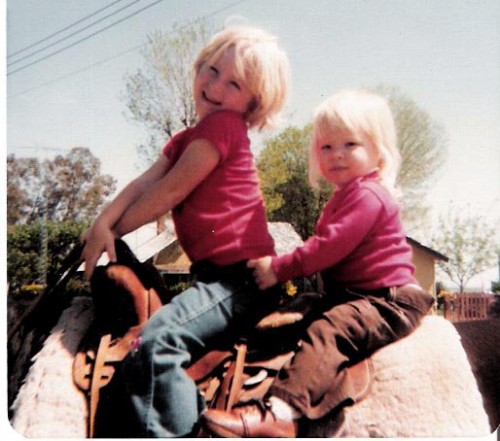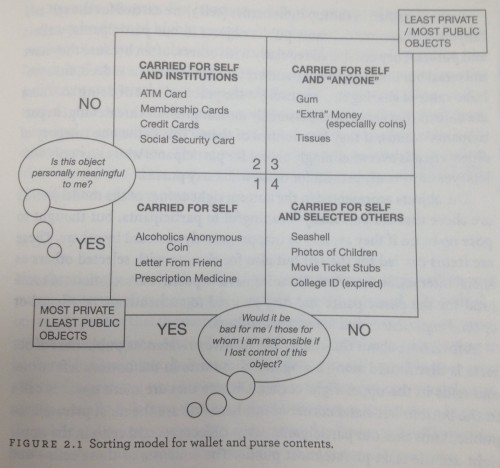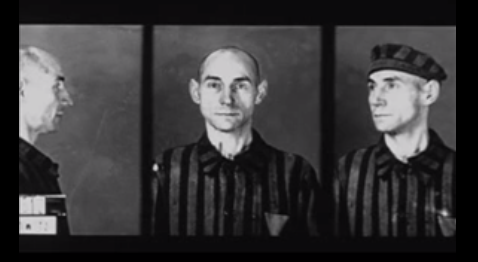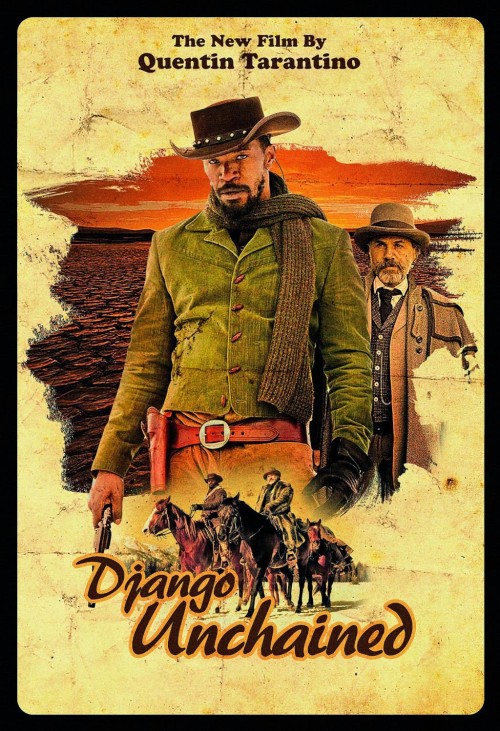In Pew Research Center data collected earlier this month, only 4% of respondents said that the thing they liked best about Christmas was the gift exchange. Only 1% said they most liked shopping or good deals and only 2% said it was the food. Instead, the majority (69%) said it was the family and friend time that they most appreciated, followed by religious reflection (11%), and general happiness and joy (7%). My pet suspicion, that people really like it for the vacation, came in at only 3%.
What do they like the least? Commercialism and materialism top the list (33%), the expense comes in second (22%), and shopping comes in third (10%).
There may be some response bias here — that’s when people say what they think the researcher wants to hear instead of the truth — but, if the data are good, it reveals why marketers have to try so damn hard every season to convince us that the gifts, decorations, and food are what make the holiday special. What would happen to spending if we all decided to do Christmas the way we wanted instead of the way it is in toy and jewelry commercials? There are lots of monied forces that don’t want us to find out.
 All images from a Google search for “Christmas marketing.”
All images from a Google search for “Christmas marketing.”
Lisa Wade, PhD is an Associate Professor at Tulane University. She is the author of American Hookup, a book about college sexual culture; a textbook about gender; and a forthcoming introductory text: Terrible Magnificent Sociology. You can follow her on Twitter and Instagram.







